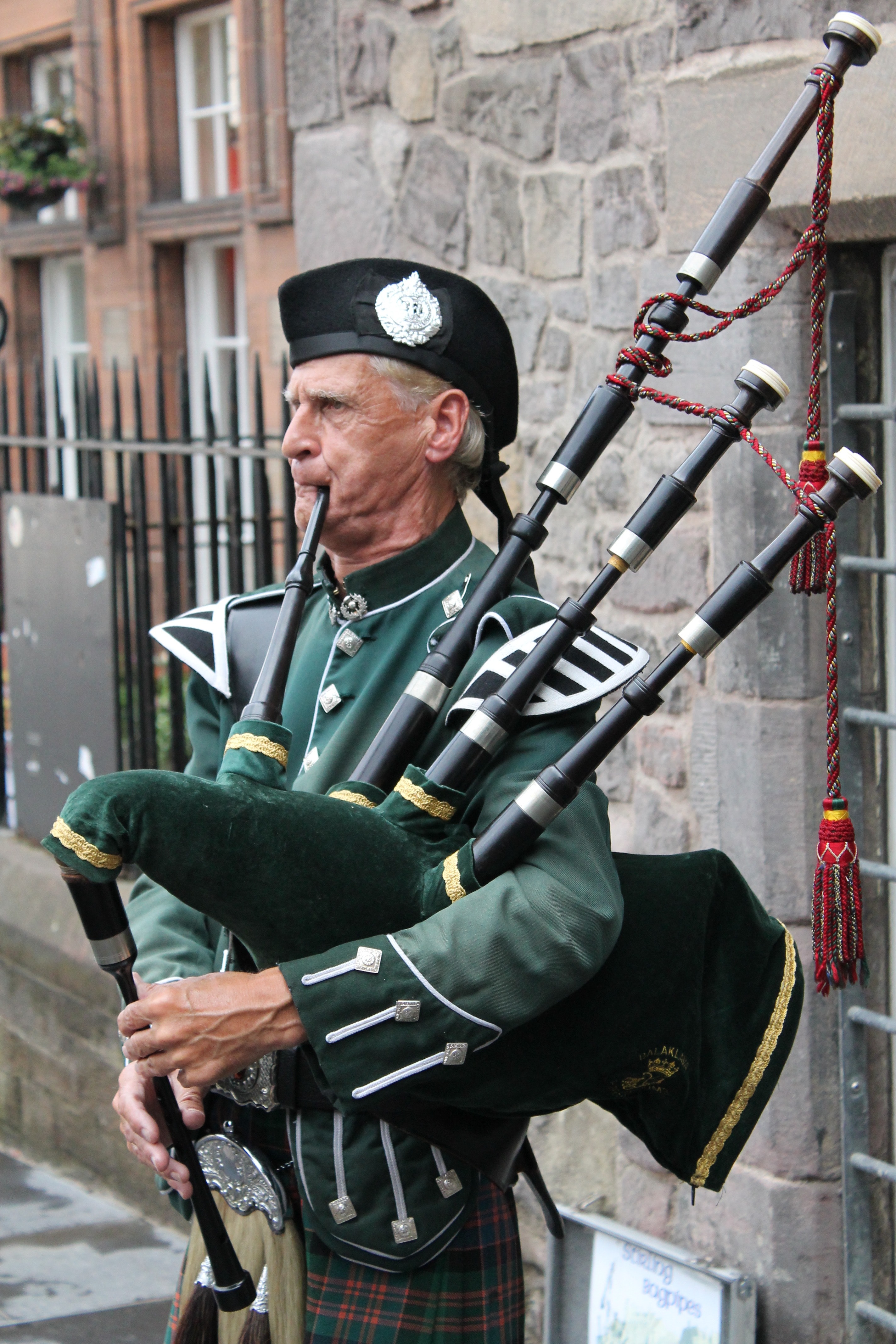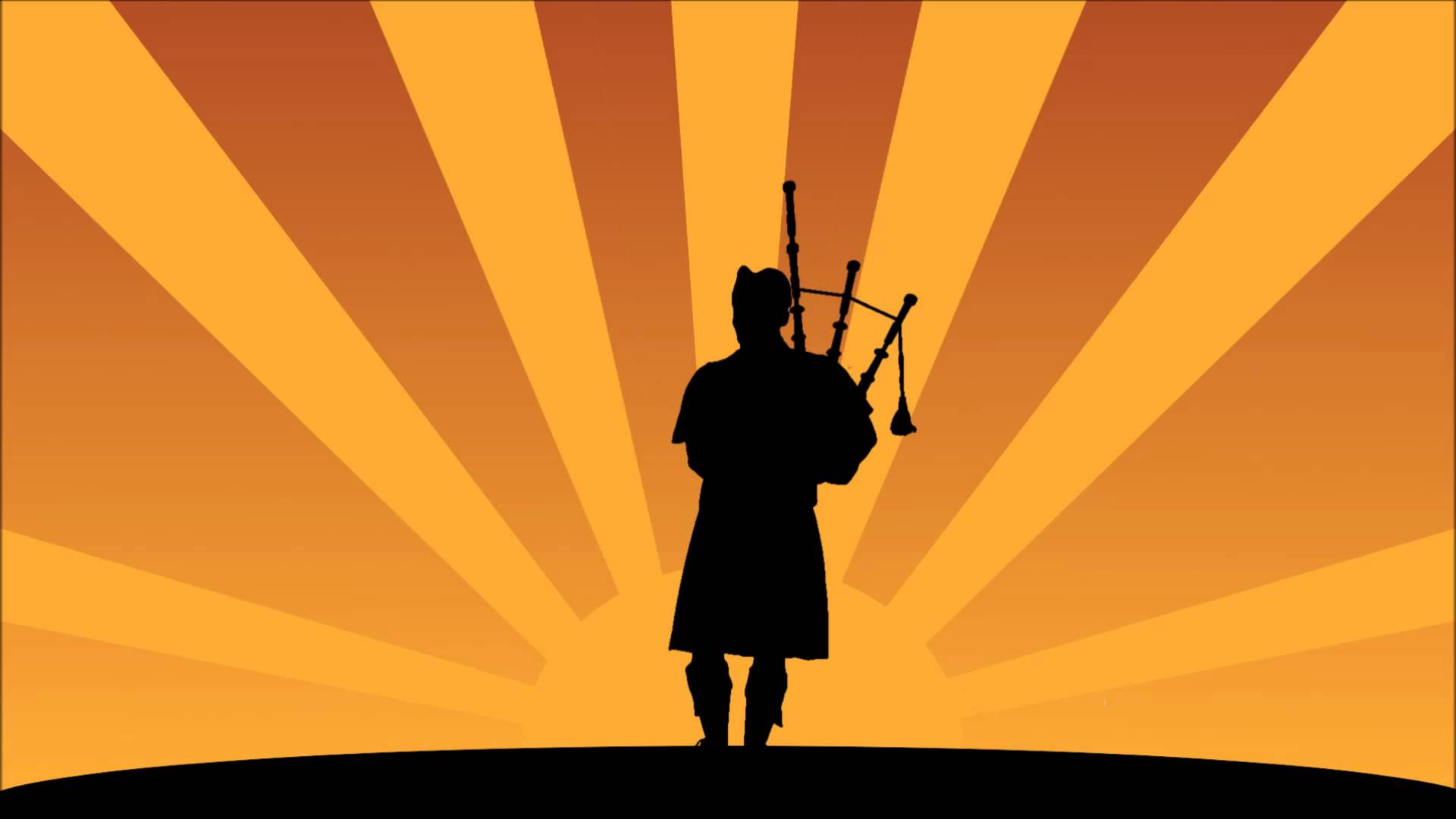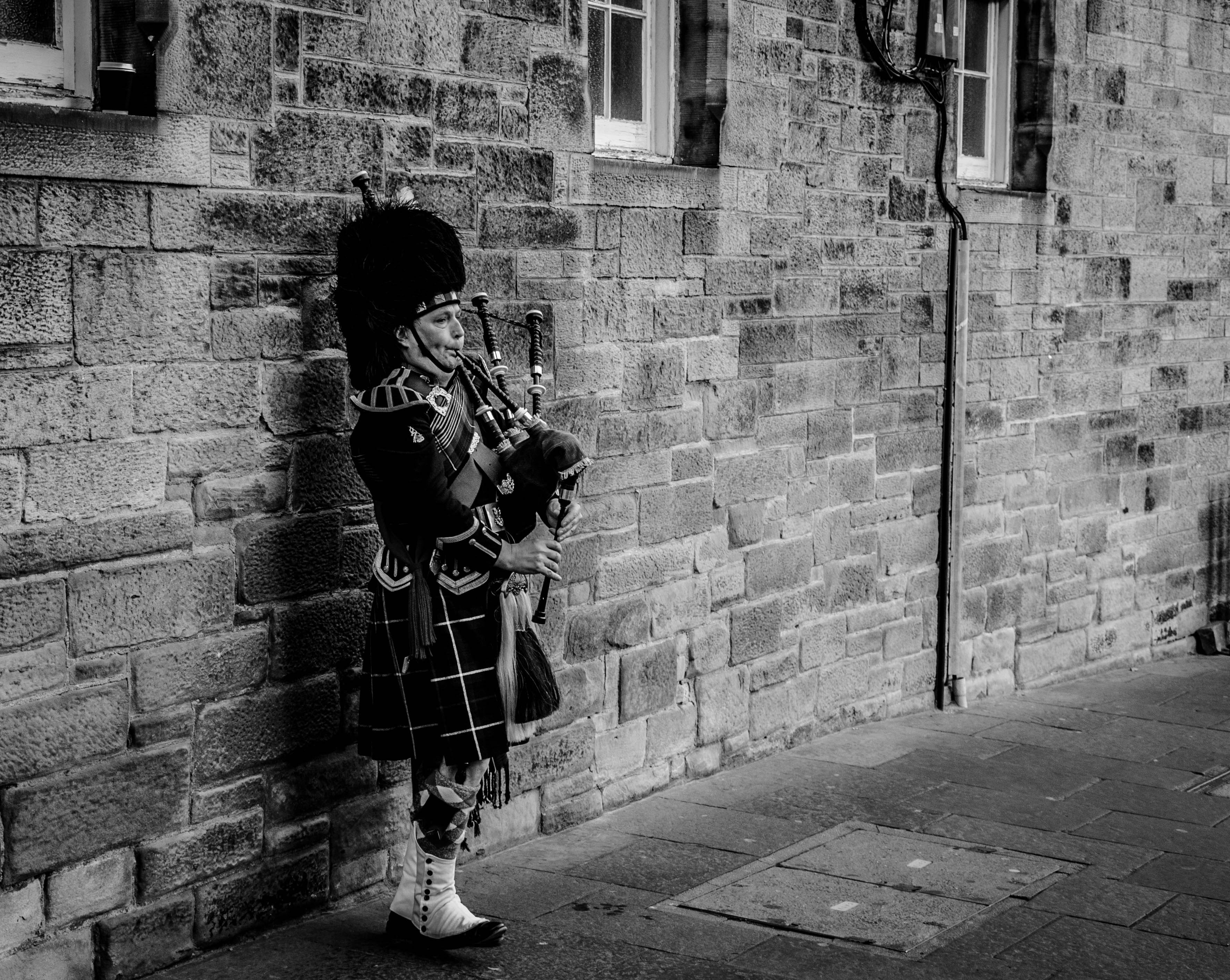Finding And Using Great Images Of Bagpipes - A Guide
When you're trying to find something out, or perhaps just looking for a bit of visual flair, pictures really do help. So, if you've ever had a thought pop into your head, maybe about something as distinct as a set of bagpipes, you know how quickly you might head to a search engine to look for some relevant images. It's almost like a natural reflex, isn't it, to see what comes up when you type in what you're curious about.
It's pretty neat, actually, how you can just type in a few words and get a whole bunch of visual responses back. This applies whether you're trying to answer a specific question, like "what do the different parts of a bagpipe look like?" or simply looking for inspiration for a project that involves, you know, those wonderful musical instruments. The internet, basically, puts a whole gallery right at your fingertips, ready for exploration.
But there's a little more to it than just clicking on the first picture you see. As a matter of fact, knowing a few things about where those pictures come from and how they can be used makes the whole experience much smoother. We'll chat a bit about how you can dig up more information on the pictures you find, and what to keep in mind as you pick out the ones that are just right for what you're doing, especially when it comes to those captivating images of bagpipes.
- Kentucky Sheriff Shooting Judge Why
- Danielle Fishel Ethnicity
- Huzz Meaning Kai Cenat
- Dating For Marriage
- Johnny Lewis Movies And Shows
Table of Contents
- How Do We Find Pictures of Bagpipes Online?
- Who Owns the Images of Bagpipes You Find?
- Getting the Scoop on Images of Bagpipes
- Picking the Right Images of Bagpipes for What You're Doing
- Making Your Own Images of Bagpipes with Digital Tools
- When Image Creation Tools Act a Little Odd
- Understanding Pictures to Translate Text
- What Kinds of Things Are Protected by Ownership Rules?
How Do We Find Pictures of Bagpipes Online?
When you're looking for an answer to a query, or trying to find a particular webpage, a common first step is to use a search engine. You know, you type in what you're looking for, and it brings back a list of results. Well, it's pretty much the same deal when you're after visual content. If you're thinking about, say, the fascinating world of bagpipes, you can just type in "images of bagpipes" into your search bar. This simple action sends you over to a part of the search engine that's all about pictures, giving you a visual feast related to your topic. It's really quite a straightforward process, letting you see all sorts of visual representations very quickly.
This method is super handy for all sorts of reasons. Maybe you're trying to figure out what different types of bagpipes look like, or perhaps you're just curious about the various ways they're played in different parts of the world. In a way, using a picture search helps you get a quick visual grip on a subject without having to read through a lot of words first. It’s a good way, actually, to get a feel for a topic, and it can help you decide if you want to dig deeper into it. So, for anything from a quick glance to a more thorough visual study, looking up images of bagpipes can be a really helpful starting point.
Who Owns the Images of Bagpipes You Find?
It's important to keep in mind that when you come across pictures online, including those lovely images of bagpipes, they might belong to someone. This idea, that a picture has an owner, means there are certain rules about how you can use it. Basically, the person who made the picture, or the person who bought the rights to it, usually has the main say over what happens with that piece of visual work. This is a pretty common arrangement for all sorts of creative output, not just pictures.
- Mallorca Vacation Packages
- 30 Day Pill Container
- Recent Pictures Of Lizzo
- Taylor Swift Super Bowl Halftime Show
- Shaq Highlights
This ownership concept is there to make sure that the people who put in the effort to create something get to control how it's shared and used. So, while it's easy to find a picture you like, it's always a good idea to think about where it came from and if there are any special instructions about its use. Sometimes, you'll find pictures that are free for anyone to use for almost anything, and other times, you'll find ones where you need to ask permission or pay a small fee. It just depends on what the owner has decided, and this applies very much to images of bagpipes as it does to anything else.
Getting the Scoop on Images of Bagpipes
When you're looking at pictures on a search engine, you can often find out more about them. If the person who owns the picture has put information out there, or if there's data connected to the picture's beginnings, you can usually see these details right there on the search page. This can be really helpful if you're trying to understand more about the specific images of bagpipes you've found. It's almost like looking at the back of a painting to see who the artist was or when it was made.
These pieces of information might include things like who should get credit for the picture. For instance, you might see a name or a company listed, which tells you who created it. Knowing these things can be pretty useful, especially if you want to use the picture for something. It helps you give proper recognition, and it also helps you understand the background of the image. So, don't just look at the picture itself; take a moment to see if there's any extra information that goes along with it. This is true for all sorts of pictures, naturally, including any striking images of bagpipes you might stumble upon.
Picking the Right Images of Bagpipes for What You're Doing
If you're putting together something like a presentation, an online advertisement, or perhaps a small business website that, let's say, sells bagpipe accessories, the pictures you choose are really important. When you're building a collection of visual elements for your project, you want to pick pictures that are of good quality and truly fit what you're trying to say. These visual pieces, which can include your company's emblem or other relevant pictures, are there to grab people's attention and help them understand what your business is all about. For example, if you're selling a particular kind of bagpipe, you'd want a picture that really shows off its unique features.
It's not just about finding any picture; it's about finding the ones that really work hard for you. This means choosing images that look good and also tell a story or give a clear impression of your product or service. So, if you're showcasing something related to bagpipes, the images of bagpipes you select should really speak to your audience. They should complement what you're saying in words and help people connect with your message visually. It's a bit like picking the right outfit for a special event; you want it to look good and make the right statement, you know?
Can You Filter Images of Bagpipes by How You Can Use Them?
Yes, you can, actually! When you're searching for pictures, many search tools let you narrow down the results based on how you're allowed to use them. This is often called a "usage rights" filter. When you apply this filter, you can tell the search engine to only show you pictures that come with details about their license. These details tell you exactly how you're permitted to use the picture, whether it's for personal use, for a business, or if you need to give credit. This is really helpful, especially when you're looking for images of bagpipes for a specific purpose.
This feature is a pretty smart way to avoid any mix-ups later on. It means you can quickly see which pictures are good to go for your project without having to guess or do a lot of extra research. For instance, if you need a picture for something you're going to sell, you can filter for images that allow commercial use. It just makes the whole process of finding and using pictures a lot smoother and more worry-free, don't you think? It's definitely a feature worth using when you're on the hunt for just the right visual element.
How Do You Get More Information About an Image?
To find out more about a picture you see in your search results, you can typically just click on it. This action usually brings up a larger view of the picture and often provides more information about it right there on the screen. For instance, you can often see what kind of website the picture originally came from, which can give you a clue about its context or purpose. You might also find other pictures that are similar or related to the one you clicked on.
This is a handy way to dig a little deeper without having to leave your search. It helps you understand the picture better and can lead you to other useful visual content. So, if you're looking at some images of bagpipes and one catches your eye, clicking on it is the first step to uncovering more of its story. It's a quick way to get a bit more background, and it can help you decide if that particular picture is truly what you need for your project or interest.
Making Your Own Images of Bagpipes with Digital Tools
Did you know you can actually create your own striking pictures in just moments using certain digital applications? Tools like "Gemini apps" can help you whip up really interesting visual content very quickly. Whether you're working on something for your job, having some fun, or anything in between, these sorts of tools can be a big help in generating visual pieces. So, if you have a very specific idea for images of bagpipes in your head, you might be able to bring it to life without needing to be a professional artist or photographer.
These apps work by taking your ideas, often given as a few descriptive words, and turning them into unique pictures. It's a pretty neat way to get exactly what you're imagining, especially if you can't find the perfect picture already out there. You can ask it to create, say, a bagpipe being played on a mountain, or a historical image of bagpipes in a castle, and it will try to make that vision a reality. It's a very accessible way to get custom visuals, which is really quite something.
When Image Creation Tools Act a Little Odd
Sometimes, even the most helpful digital tools can have a moment where they don't quite work as expected. For example, you might find that a tool like Gemini, which was just making pictures perfectly this morning, suddenly isn't creating any images at all this evening. It might keep giving you a message that it's "learning how to create an image," even though it was working fine just a few hours ago. This can be a bit frustrating, naturally, when you're counting on it to generate those perfect images of bagpipes.
These little hiccups can happen for various reasons, like updates, server issues, or just a temporary glitch. It's not uncommon for technology to have these sorts of pauses. When this happens, it's usually a matter of waiting a little while or checking if there are any announcements from the people who make the tool. It's basically a reminder that while these tools are super powerful, they're still, you know, pieces of software, and they can sometimes need a moment to catch their breath or sort things out. So, if your image creator is acting a bit funny, it's often just a temporary thing.
Understanding Pictures to Translate Text
It's pretty amazing what your phone's camera can do these days, isn't it? You can actually use it to help you understand words that are in another language. With a translation app on your phone, you can point your camera at text, and the app will try to change those words into your own language right there on your screen. For example, if you're traveling and you see a sign written in a language you don't know, or you have some handwritten notes that are foreign to you, your phone can help you make sense of them.
This is a very practical use of visual information, where the picture itself (what your camera sees) is used to process and convert text. It's not about finding images of bagpipes, but it shows how pictures can be used in really clever ways to help us out in daily life. It's a handy tool for breaking down language barriers and understanding the world around you a little bit better, just by pointing and looking.
What Kinds of Things Are Protected by Ownership Rules?
When someone creates something original, whether it's a piece of writing, a song, a painting, or even a photograph, that work is usually protected by ownership rules. This means that the person who made it has the sole right to use that work, with only a few specific exceptions. This protection is in place to make sure that creators have control over their creations and can decide how they are used by others. So, if someone takes a picture of a bagpipe, that specific image of bagpipes belongs to them in a special way.
This exclusive right means that, generally speaking, no one else can copy, share, perform, or change the work without getting permission from the owner. There are some situations where you might be able to use a small part of a protected work, like for educational purposes or for commentary, but these are exceptions rather than the rule. Basically, when a person brings something new into being, they have a special claim to it, and that claim gives them the power to say what happens with their creation. It's a way of respecting the effort and creativity that goes into making something unique.

Bagpipes Wallpapers - Wallpaper Cave

Bagpipes Wallpapers - Wallpaper Cave

Free photos: Bagpipes - 3 images, Bagpipes photos, Bagpipes pictures